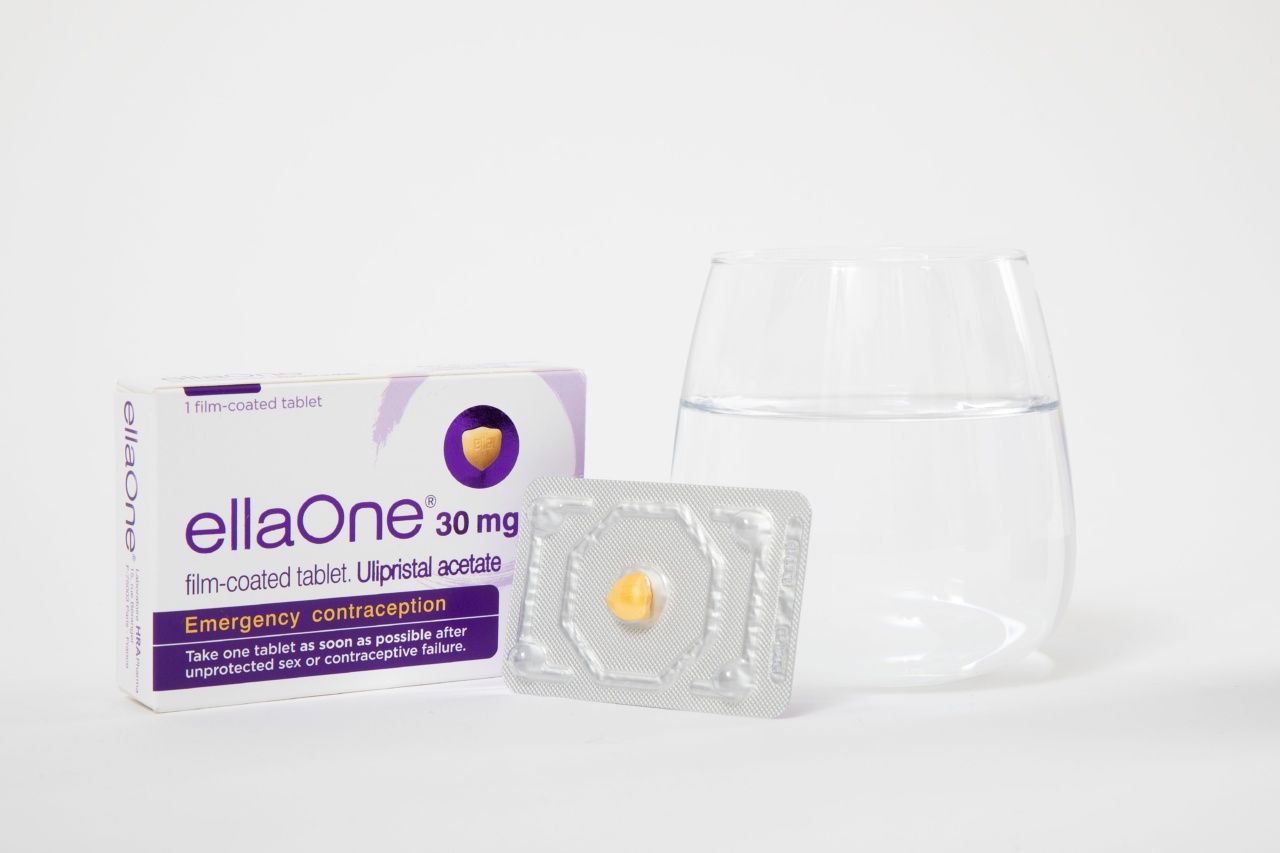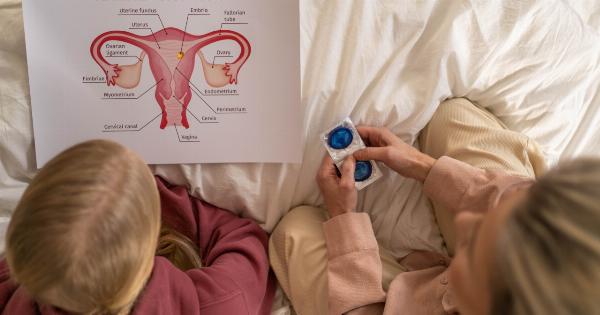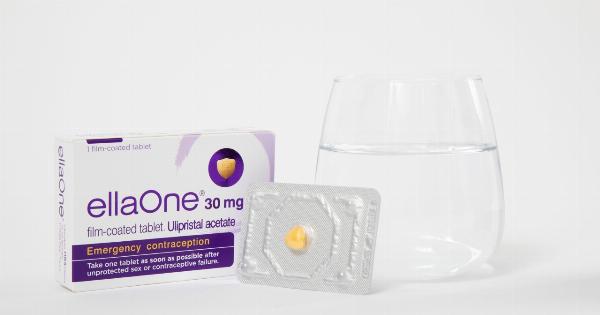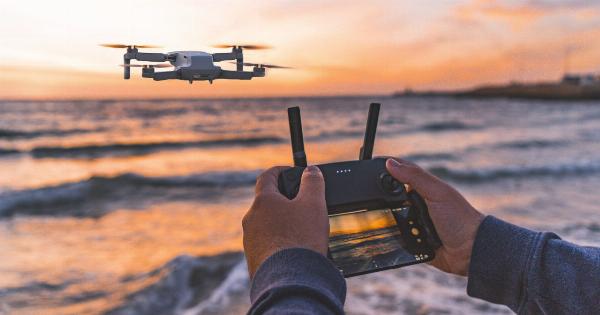Unplanned pregnancies can happen for a variety of reasons, and when they do, emergency contraception can be an important tool to prevent pregnancy.
Emergency contraception is a type of birth control that can be used after unprotected sex or if your birth control method failed. There are several different types of emergency contraception available, and it’s important to understand how they work, how to use them, and their effectiveness rates.
What is Emergency Contraception?
Emergency contraception (EC) refers to methods of birth control that can be used after unprotected sex to prevent pregnancy. These methods work by delaying or preventing ovulation, fertilization, or implantation of a fertilized egg.
EC should not be used as a regular form of birth control, as it is less effective than regular contraception and does not protect against sexually transmitted infections.
Types of Emergency Contraception
1. Copper Intrauterine Device (IUD)
The copper IUD is one of the most effective forms of emergency contraception. It can be inserted up to five days after unprotected sex or up to five days after the expected date of ovulation.
The copper IUD works by preventing fertilization and implantation of a fertilized egg. Once inserted, the copper IUD can also serve as a regular form of contraception for up to 10 years.
2. Morning-After Pill (MAP)
The morning-after pill (MAP) is a type of emergency contraception that contains higher doses of the same hormones found in regular birth control pills. MAPs are available over-the-counter without a prescription for people of all ages.
There are two types of MAPs, including:.
- Levonorgestrel: This type of MAP contains the hormone levonorgestrel and must be taken within 72 hours (three days) of unprotected sex.
- Ella: Ella contains the hormone ulipristal acetate and must be taken within 120 hours (five days) of unprotected sex or within five days of the expected date of ovulation.
3. Progestin-Only Pills (POP)
Progestin-only pills (POP) are another type of emergency contraception that contain only progestin, a hormone that prevents ovulation. POPs must be taken within 72 hours (three days) of unprotected sex.
They are not as effective as levonorgestrel or the copper IUD, but can be a good option for people who cannot use estrogen-containing contraceptives.
4. Combined Hormonal Emergency Contraception (CHC)
Combined hormonal emergency contraception (CHC) contains both estrogen and progestin and is available as a pill or a patch. CHC must be taken within 72 hours (three days) of unprotected sex.
However, it should not be used by people with a history of blood clots or certain medical conditions, such as hypertension or diabetes.
How to Use Emergency Contraception
The effectiveness of emergency contraception depends on how quickly it is taken after unprotected sex or a contraceptive failure. It’s important to follow the instructions that come with the specific method of EC you choose, but in general:.
- Use EC as soon as possible after unprotected sex or contraceptive failure.
- If taking a pill, take as directed and do not delay or skip a dose.
- Consider getting an IUD inserted if it’s been less than five days since unprotected sex or the expected date of ovulation.
- After taking EC, use a backup method of contraception (such as condoms) until your next period.
Effectiveness Rates
The effectiveness rates of emergency contraception vary depending on the method used and how quickly it is taken after unprotected sex or contraceptive failure.
The copper IUD is the most effective type of emergency contraception, with a failure rate of less than 1%. Levonorgestrel has a failure rate of 1-2%, while progestin-only pills have a failure rate of 2-3%. The effectiveness rate of CHC is similar to that of progestin-only pills.
Side Effects
Most people who use emergency contraception do not experience any serious side effects. However, some common side effects include:.
- Nausea and vomiting
- Headache
- Abdominal pain
- Irritability
- Changes in menstrual bleeding
If you experience severe or persistent side effects after using emergency contraception, contact your healthcare provider.
When to See a Healthcare Provider
If you experience any of the following after using emergency contraception, contact your healthcare provider:.
- Severe abdominal pain
- Heavy or prolonged bleeding
- Chest pain or shortness of breath
- Severe or persistent headache
- Leg swelling or pain
You should also see your healthcare provider if your period is late or abnormal after using EC, as this could be a sign of pregnancy.
In Conclusion
Emergency contraception is an important tool for preventing unplanned pregnancies when other birth control methods fail or are not used correctly.
It’s important to understand the different types of emergency contraception available, how to use them correctly, and their effectiveness rates. If you have any questions about emergency contraception, talk to your healthcare provider.






























